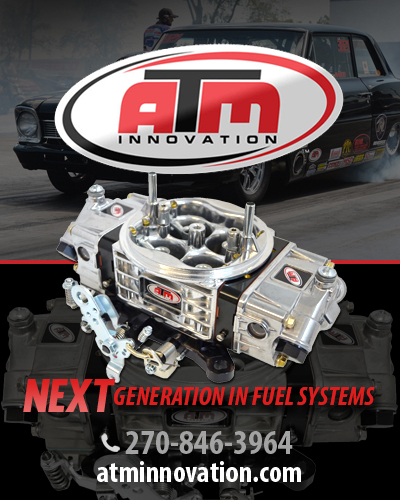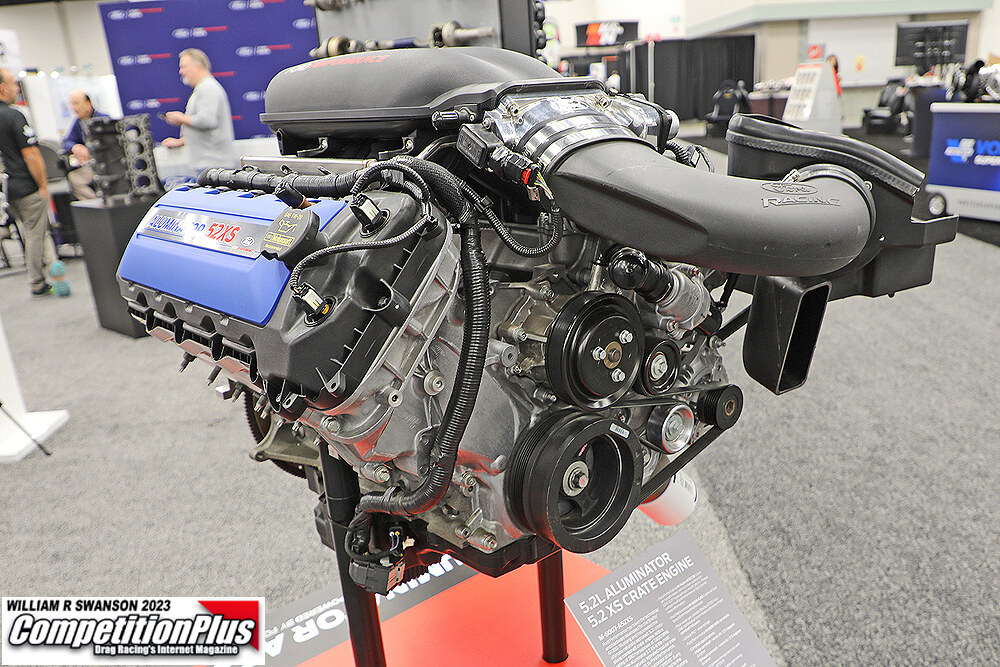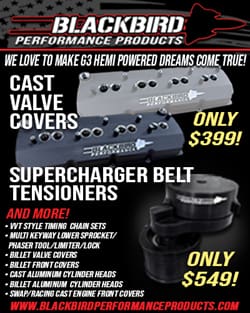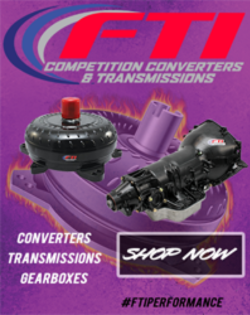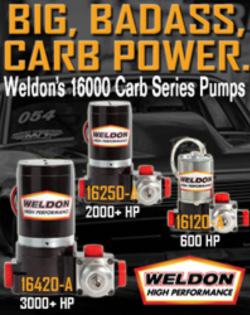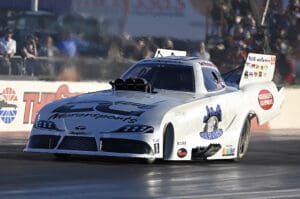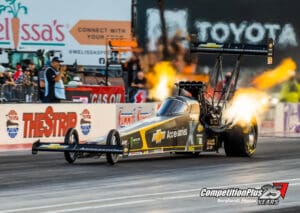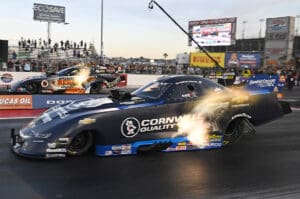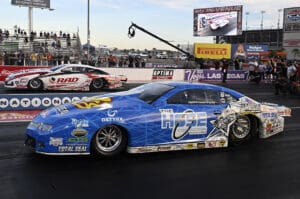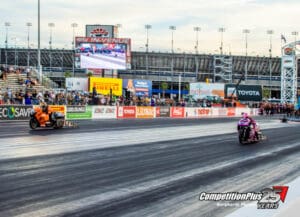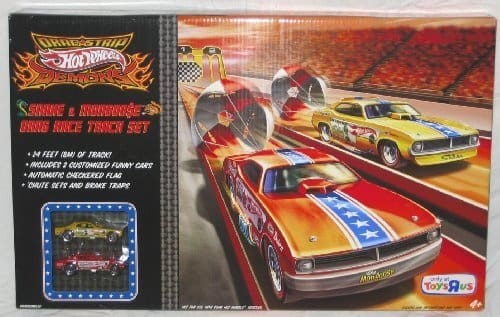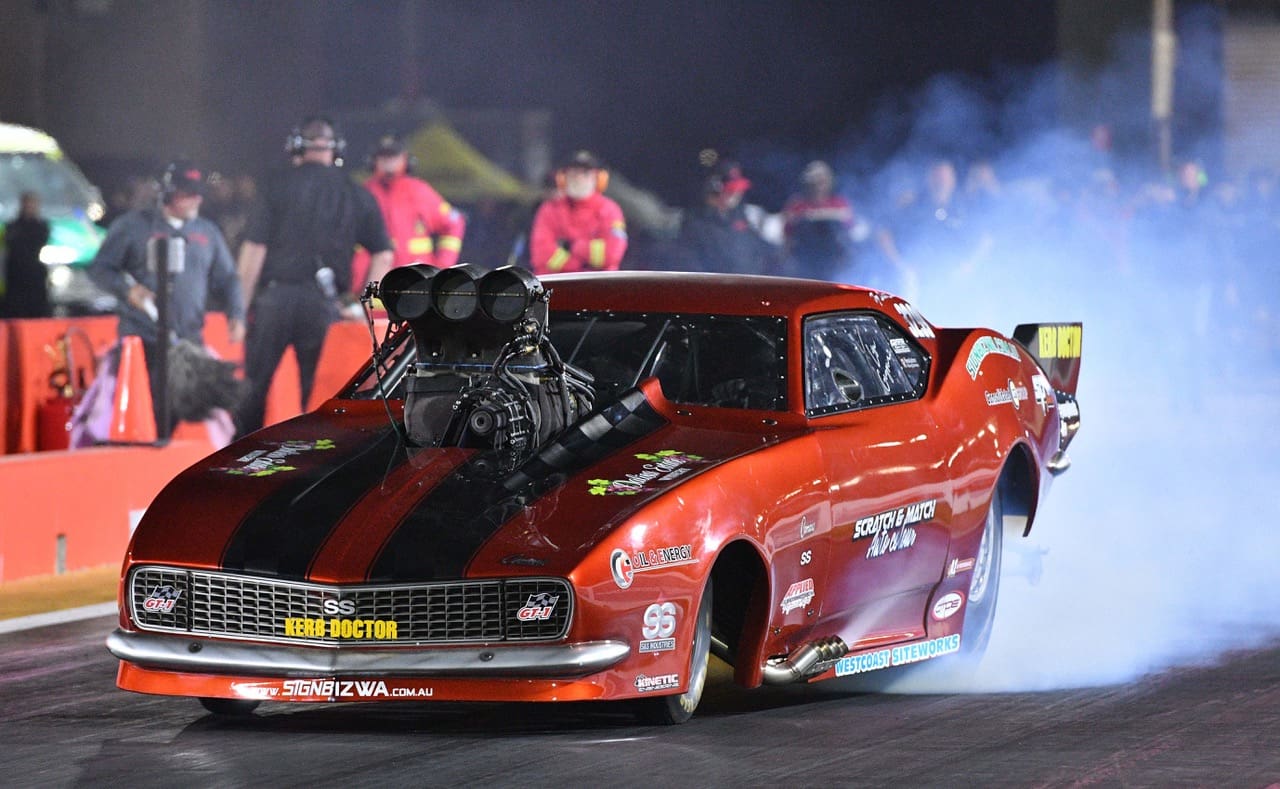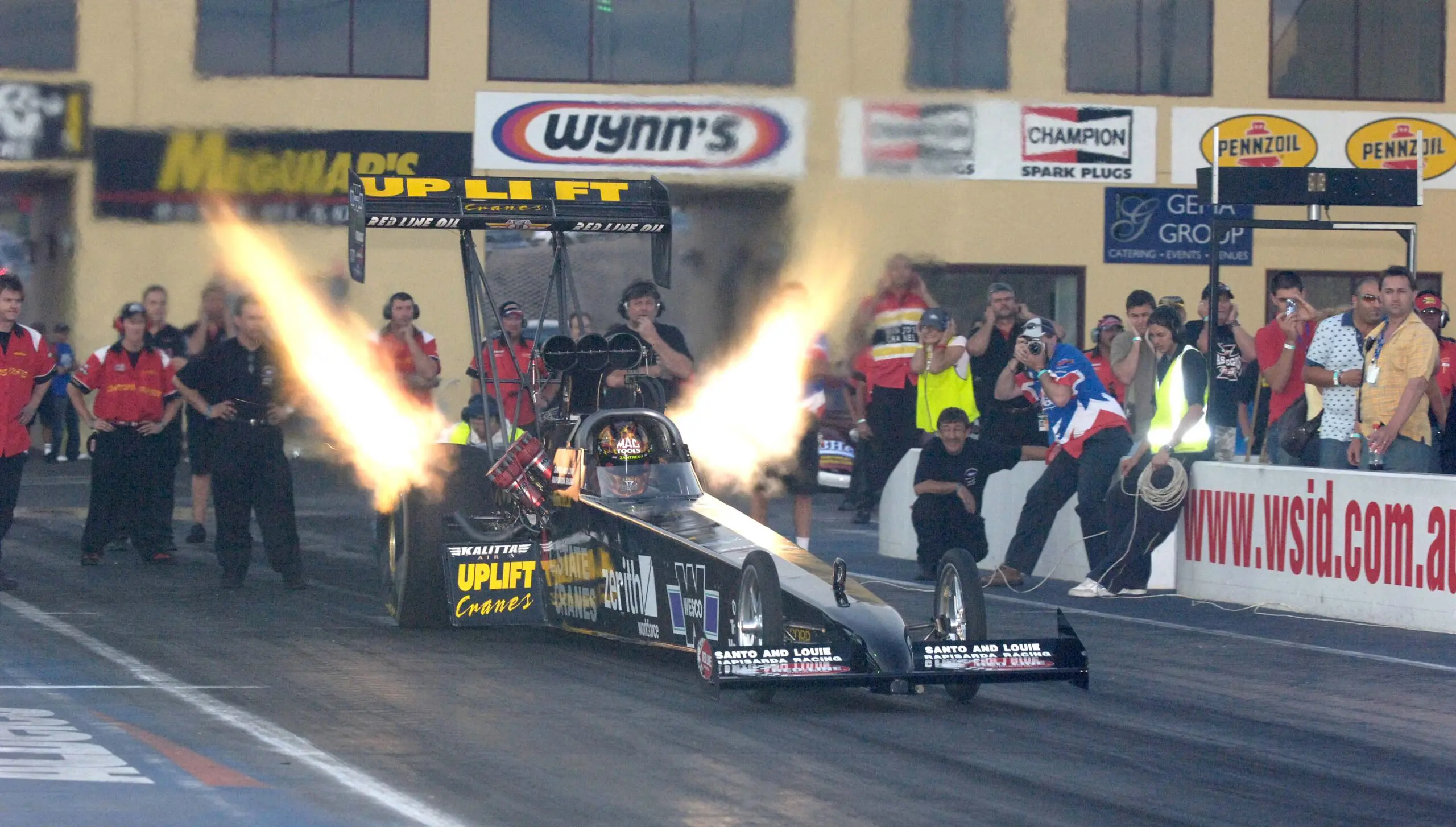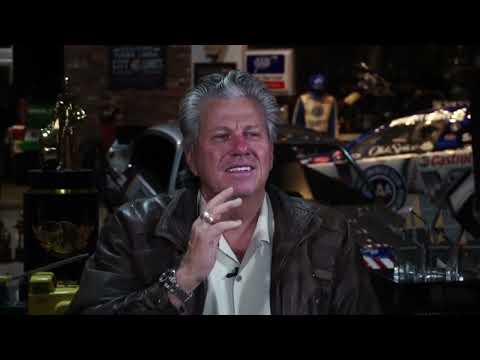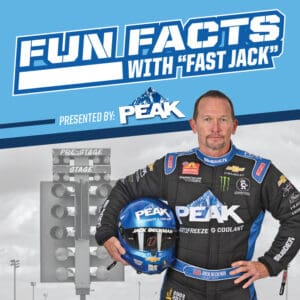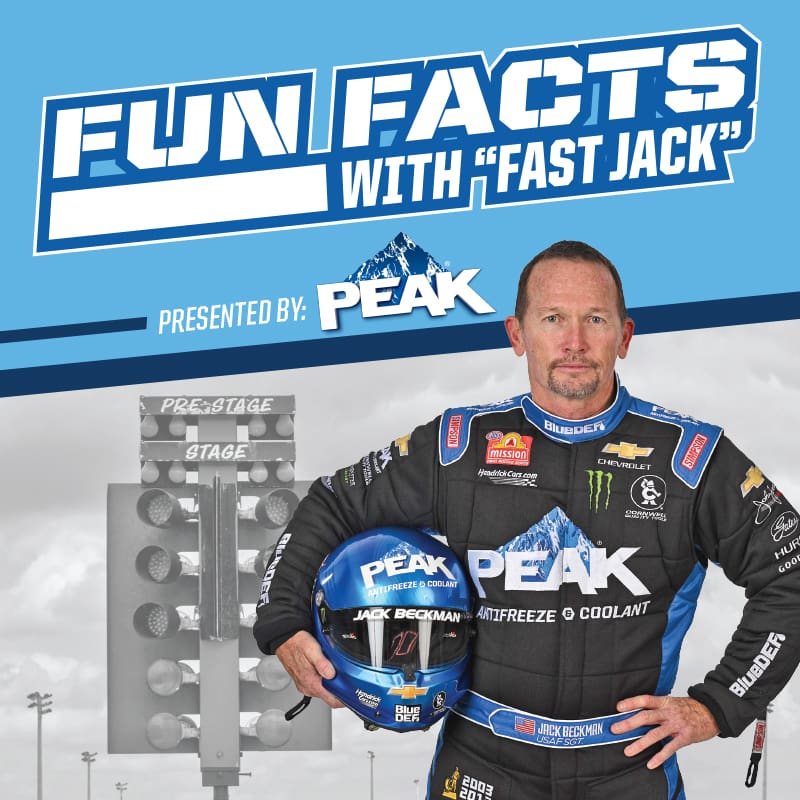
When it comes to drag racing knowledge, few can match the depth and detail of “Fast Jack” Beckman. The former U.S. Air Force sergeant and now elevator repairman isn’t just known for his lightning-quick reflexes behind the wheel — he’s celebrated for his encyclopedic grasp of the sport. A two-time NHRA series champion and driver of the PEAK Antifreeze Chevrolet Camaro Funny Car, Beckman has spent decades studying every corner of drag racing, from grassroots history to the latest technology.
That passion for detail makes Beckman the perfect guide for Fun Facts with Fast Jack, a series dedicated to exploring the stories, mechanics, and overlooked gems of the drag racing world. His delivery is equal parts racer and professor, breaking down the complexities of the sport into digestible, fascinating nuggets that even longtime fans might not know.
In this episode, Beckman turns his focus to the ultimate straight-line machines: Top Fuel dragsters. Having piloted them earlier in his career, Beckman shares little-known facts about their engineering, performance, and quirks that make them both terrifying and mesmerizing. From horsepower figures that defy logic to design features that prioritize survival at 330 mph, Beckman offers a unique insider’s perspective.
THE BEAUTY AND BEAST OF THE TOP FUEL DRAGSTER
1 – One Top Fuel Dragster 500 cubic inch Hemi engine makes more horsepower [11,000 horsepower] than the first five rows of the Daytona 500.
2 – Under full throttle, a dragster engine consumes 1.5 gallons of nitromethane per second. A fully loaded 747 consumes jet fuel at the same rate but produces 25% less energy.
3 – A stock Dodge Hemi V8 engine cannot produce enough power to drive the supercharger. With 3,000 cfm of air being rammed in by the supercharger on overdrive, the fuel mixture is compressed into a near-solid form before ignition. Cylinders run on the verge of hydraulic lock at full throttle.
4 – At the stoichiometric 1.7:1 air/fuel mixture for nitromethane, the flame front temperature measures 7,050 degrees Fahrenheit.
5 – Nitromethane burns yellow. The spectacular white flame seen above the stacks at night is raw burning hydrogen, disassociated from atmospheric water vapor by the searing exhaust gases.
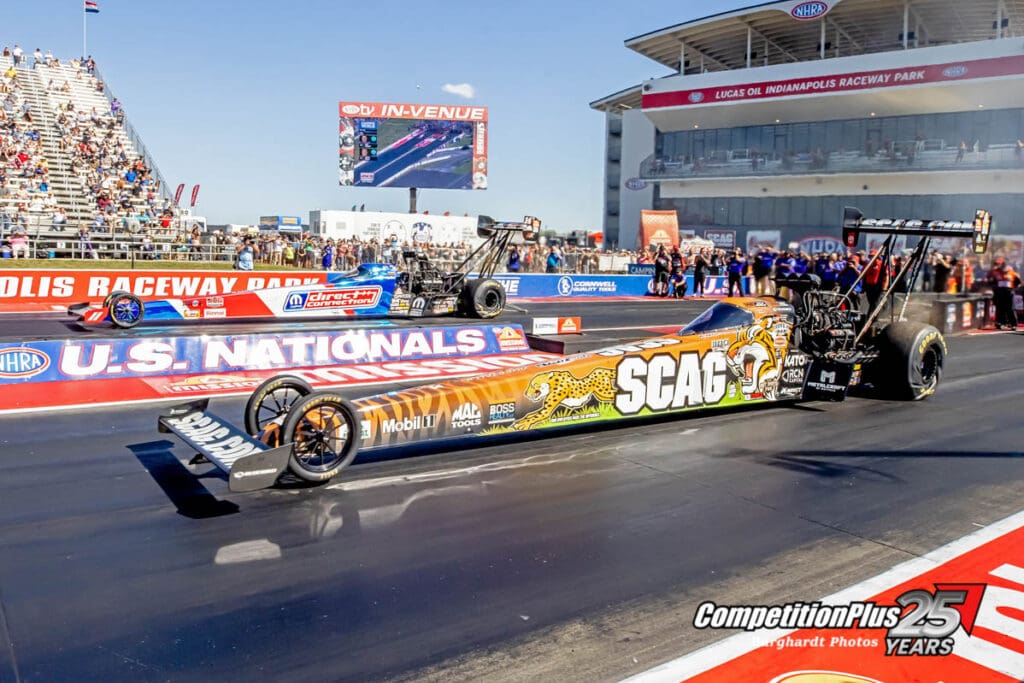
6 – Dual magnetos supply 44 amps to each spark plug. This is the output of an arc welder in each cylinder.
7 – Spark plug electrodes are totally consumed during a pass. After halfway, the engine is dieseling from compression plus the glow of exhaust valves at 1400 degrees Fahrenheit, the engine can only be shut down by cutting the fuel flow.
8 – If spark momentarily fails early in the run, unburned nitro builds up in the affected cylinders and then explodes with sufficient force to blow cylinder heads off the block in pieces or split the block in half.
9 – Dragsters reach over 300 miles per hour before you have completed reading this sentence.
10 – To exceed 343 miles per hour in 3.6 seconds, dragsters must accelerate an average of over 4G’s over 1000ft to reach 300 miles per hour by 660 ft in the eighth mile. The launch acceleration approaches 6G’s.
11 – Top Fuel engines turn approximately 540 revolutions from light to finish line.
12 – Including the burnout, the engine must only survive 900 revolutions under load.
0 to 100 miles per hour in .8 seconds. (the first 60ft of the run)
0 to 200 miles per hour in 2.1 seconds. (the first 330ft of the run)
13 – 6 negative g-forces upon deployment of twin parachutes at 300 miles per hour.
14 – At 6 G’s at the starting line, an NHRA Top Fuel Dragster accelerates quicker than any other land vehicle on Earth… quicker than a jet fighter plane… quicker than the space shuttle.















